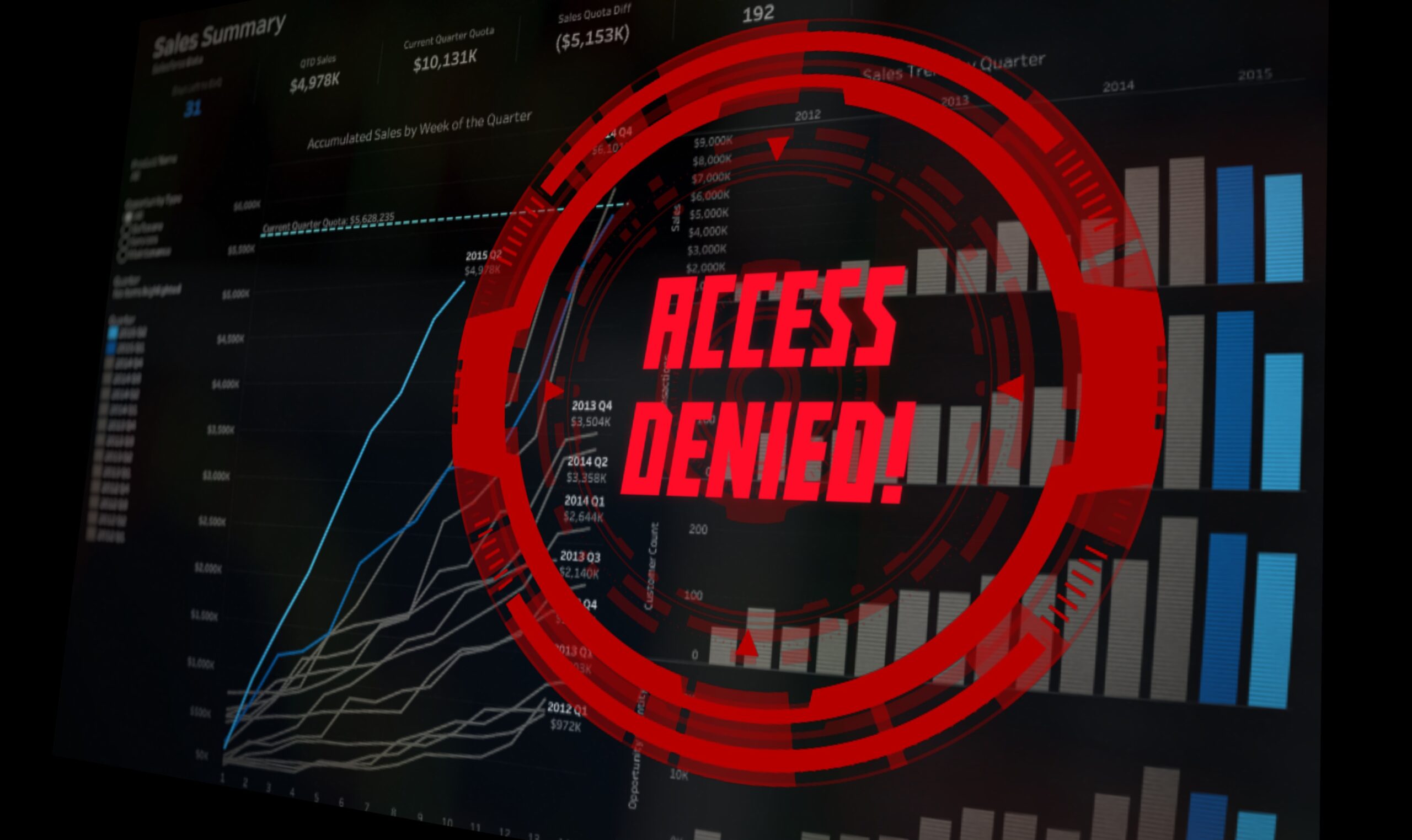Between January and May, amount of calls answered within five minutes dropped from 44% to 3%
Credit: Pxhere/CC0
After waiting times for its VAT helpline rose sharply in the early months of 2019, the head of HM Revenue and Customs said that the department has been “working hard” to remedy the situation.
Evidence provided to the Treasury Select Committee by HMRC permanent secretary Sir Jon Thompson shows that, in January 2019, the mean waiting time for the 54,340 calls made to the VAT helpline stood at six minutes and 57 seconds.
In the year’s opening month almost two thirds – 64% – of calls were answered within 10 minutes, and the remaining 36% had to wait no longer than 20 minutes.
The average waiting time shot up to 11 minutes 16 seconds in February, and continued rising until May, by which time it had reached 16 minutes and 19 seconds.
During May, 91% of callers to the helpline were held for more than 10 minutes, including 20% whose call took in excess of 20 minutes to be answered.
Related content
- Interview: HMRC digital chief Jacky Wright on insourcing, inclusivity, and the ‘teething pains’ of transformation
- HMRC apologises for ‘technical issues’ with Making Tax Digital direct debits
- Lords tell HMRC to delay Making Tax Digital for VAT rollout by one year
Just 3% of calls were answered within HMRC’s target of five minutes – compared with 44% in January. This is despite the monthly volume of calls received – 44,382 – being almost 10,000 lower than at the start of 2019.
The rise in waiting times coincided with the implementation of Making Tax Digital (MTD) for VAT. All VAT returns for periods beginning on 1 April or later must now be filed via the digital system.
“I am aware that some callers have experienced extended waiting times on our VAT helpline,” Thompson said, in a letter to the committee dated 18 June. “This falls short of the standards of service we want our customers to experience. I’d like to reassure you that we have been working hard to bring the waiting times down and improve performance. In the last week we have started to see positive results from that, with waiting times falling to around our target of five minutes. It is too soon to be confident that we have resolved the issue, and we continue to monitor it very closely.”
Measures taken include doubling from 100 to 200 the number of agents dedicated to the VAT helpline. Even more staff are deployed during peak times, Thompson said.
“HMRC’s telephony performance has been impacted by ongoing recruitment and staffing shortfalls,” he added. “Recruitment for a no deal EU exit was slower than expected, and so we had to divert resource from business as usual in February and March. This meant that some of the people earmarked for training on MTD were diverted onto the government’s operational priority of no deal. Since the EU exit extension was agreed in April, we have been training staff on MTD and increased numbers to those originally planned.”



